- Home
- slideshows
- miscellaneous
- YouTube is making big changes to attract bigger advertisers, but some YouTube stars tell us they're getting caught in the crossfire
YouTube is making big changes to attract bigger advertisers, but some YouTube stars tell us they're getting caught in the crossfire
Let's start at the beginning: YouTube employees and YouTube creators historically have a complicated, but symbiotic, relationship.

There's long been some tension between YouTube and its creators: The platform's policy of demonetizing videos it finds offensive hasn't always sat well with high-profile YouTube stars like Hank Green.
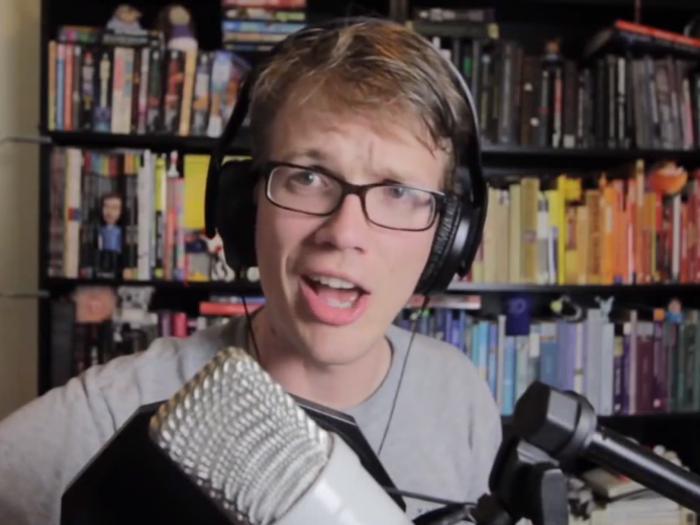
Demonetization refers to the practice of removing ads from a video — a way that YouTube polices the platform. YouTube rarely removes videos entirely unless it infringes on a copyright, but by removing the ads, it limits the creators' ability to make money from their content. In extreme cases, YouTube can demonetize an entire channel.
This has been YouTube policy since 2012, and it's long stoked tensions between video creators and the platform — there have been cases where YouTube automated systems will hit a false positive and demonetizes an innocent video.
In a video posted last fall, Green took to his personal channel to describe his frustration with YouTube’s demonetization policies:
“This feeling of disenfranchisement, of not being cared about or cared for, is going to make people look for another place, even if it’s a worse place [...] I don’t think it’s the time for a mass exodus from YouTube, but I do think it’s time for some kind of statement.”
In February of 2018, YouTube introduced their most radical change yet to the thresholds of the Partner Program, putting monetization out of reach for many niche or aspiring creators.
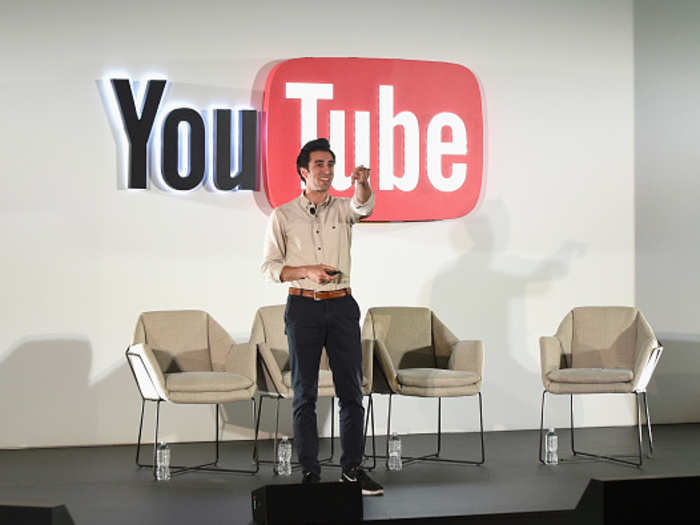
In February 2018, YouTube made its biggest single adjustment to its monetization policy yet.
The change came in response to concerns that Youtube was hosting too many "spammers, impersonators, and other bad actors" on the platform, the company explained in a January blog post.
Specifically, creators would now need to accrue 4,000 hours of watch time within the past 12 months, along with at least 1,000 subscribers, in order to qualify for the Partner Program. This was a big jump from the previous requirement, which allowed creators to start making money after crossing 10,000 total views across all their videos.
"Though these changes will affect a significant number of channels, 99% of those affected were making less than $100 per year in the last year, with 90% earning less than $2.50 in the last month," YouTube wrote in the post. "...we’re making changes to address the issues that affected our community in 2017 so we can prevent bad actors from harming the inspiring and original creators around the world who make their living on YouTube."
The reason for this change is often attributed to the controversy around the actions of one star creator, Logan Paul, who filmed a suicide victim and uploaded it to his channel in an incident that made global news — just weeks before the new requirements for the Partner Program went into effect. However, these particular changes don't actually affect superstars like Paul.
In response to that specific event, and similar incidents of misbehavior before it, YouTube instituted a tightening of its internal video rating policies, often resulting in the total removal of ads from what would have otherwise been lucrative content. These reactions to offensive content became known as the "Adpocalypse" in the creator community and beyond. While this was separate from the changes made to the Partner Program, the two are often conflated.
Still, these changes were welcomed by some creators, who thought that these changes raised the bar for the whole platform.
Not long after "Demonetization Day," many advertisers were shocked to find that YouTube was being used to spread conspiracy theories about the Parkland school shooting, with the videos garnering hundreds of thousands of pageviews.
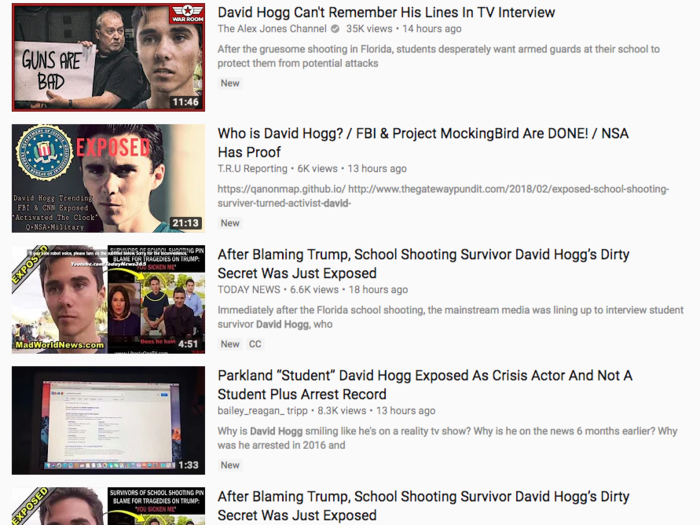
Not long after the Partner Program changes, YouTube came under fire for promoting videos that espoused conspiracy theories that accused school shooting survivor David Hogg of being a "crisis actor," and that called the massacre at Marjorie Stoneman Douglass High School a "false flag attack." Some of these videos accrued hundreds of thousands of views.
Some advertisers were shocked to find that their ads had been running alongside conspiracy theory videos made by InfoWars' Alex Jones, raising their ire.
This particular example of ad-related uproar was not the first of its kind, and has already been followed by similar scandals, involving more backlash from advertisers finding that their ads were running alongside content—sometimes even content aimed at children—promoting white supremacy, pedophilia, and even North Korean propaganda, according to a report by CNN.
Still confused about YouTube's notifications system? Don't worry, you're not alone.
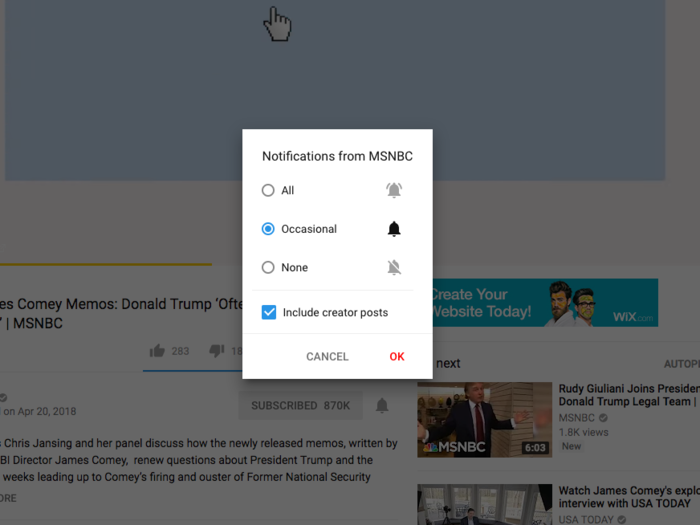
A simple search for "the bell" in YouTube's Help Forum demonstrates the frustrations many viewers and creators have had with the bell and other subscription features.
Users complain that, despite having clicked the bell to turn on notifications for a channel, they're simply not being served the content they've subscribed to, or that YouTube's algorithms are somehow causing them to miss videos they had wanted to see.
A similar search on the YouTube-dedicated Reddit community yields similar results: a lot of users and content creators alike who don't understand YouTube's notifications system.
Business Insider reached out to YouTube in search of more clarification on this topic, and was directed to its support site.
Meanwhile, Facebook, Twitch and other video sites have been hustling to attract alienated YouTubers.
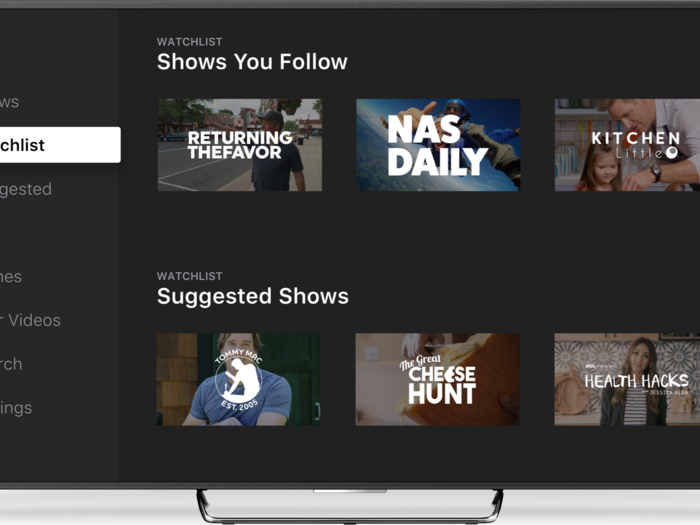
In August last year, Facebook introduced Facebook Watch, a video sharing and streaming service designed with creators (and the ad revenue that follows them) in mind.
"Watch is a platform for all creators and publishers to find an audience, build a community of passionate fans, and earn money for their work," said Daniel Danker, Facebook's Director of Product, in the written announcement. The platform has already funded a few "community-oriented" original shows and partnered with entertainment powerhouses like MLB and Tastemade to get the ball rolling.
All the while, Twitch—the Amazon-owned video game live-streaming network—has already become a second home to many YouTube content creators, especially those who focus on gaming-related videos. Furthermore, Twitch was the first major platform that let its star streamers offer paid subscriptions, as a way to boost revenue. Along similar lines, Twitch viewers were able to leave tips for their favorite streamers, further giving them a path towards making videos as a living.
Both tips and subscriptions have since also been adopted by Facebook and YouTube.
And while many are skeptical of Facebook and others' ability to tempt content creators away, many YouTubers have publicly announced their intention to move away from the site.

Perhaps the most notable YouTube defector thus far has been Philip DeFranco, a pop culture commentator who uploads at least four high production-quality videos a week.
Just this week, DeFranco launched a self-funded video hosting app, called DeFranco Now, for iOS and desktop, with an Android version on the way. DeFranco told reporters at The Verge that the new app is designed to better facilitate back-and-forth communication between himself and the audience, in part by emulating a long-gone YouTube feature: viewer-posted video responses.
DeFranco first articulated his frustrations with the tightening restrictions back in 2016, but just last month he started hinting that his show, which boasts an average of 140,000 views per episode, may be leaving the platform for good.
“As of right now, with the current state of YouTube, the Philip DeFranco Show can not thrive,” DeFranco says in the video above, posted back in April. “In fact, I think very soon the Philip DeFranco Show may not be able to survive. It all really boils down to the increased crackdown from YouTube against this channel.”
Despite that shift, many industry leaders and YouTube veterans are unconcerned about the future of the platform.
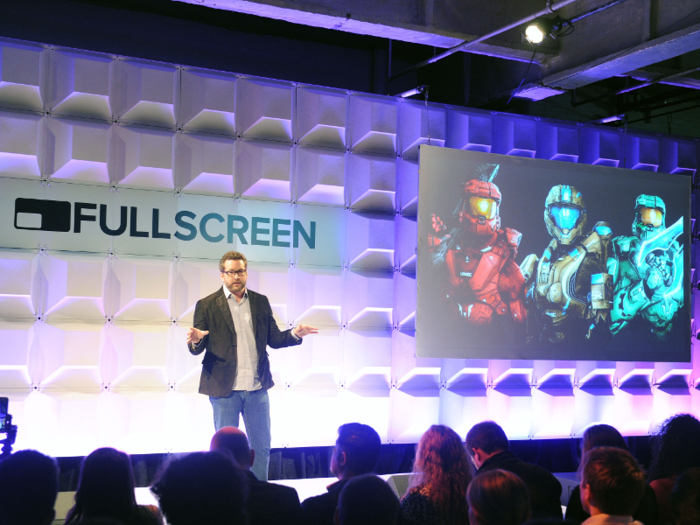
"The internet demands progress, but the internet hates change," said Burnie Burns, the Chief Creative Officer and co-founder of Rooster Teeth Entertainment, a digital media company that has hosted content on YouTube across a variety of channels for over 10 years and has partnered with YouTube to produce a platform-exclusive series, "The Super Slow Show."
In an interview with Business Insider, Burns said that while he does not agree with many of the business decisions made by YouTube, the site has changed drastically over the years, and its relationship with the creator community has held steadfast.
Says Burns:
"Every time the website makes any small change, like they move the comment button a few inches or something, people are always outraged. But now, if you look back at the site the way it was in 2008, you wouldn't want to use that site. It was garbage. It's all the little changes along the way that makes the site what it is today."
When asked if he thinks there is a possibility of content creators seeing a post-YouTube internet, he said simply:
"If there is, we're not close to it. For the people who make the content, it all comes down to the same thing: 'Where are the eyeballs?' They're on YouTube. From where we're standing, we haven't seen that change."
Last month, Youtube CEO Susan Wojcicki published a letter to the YouTube creator community, saying that the company wants to do better.
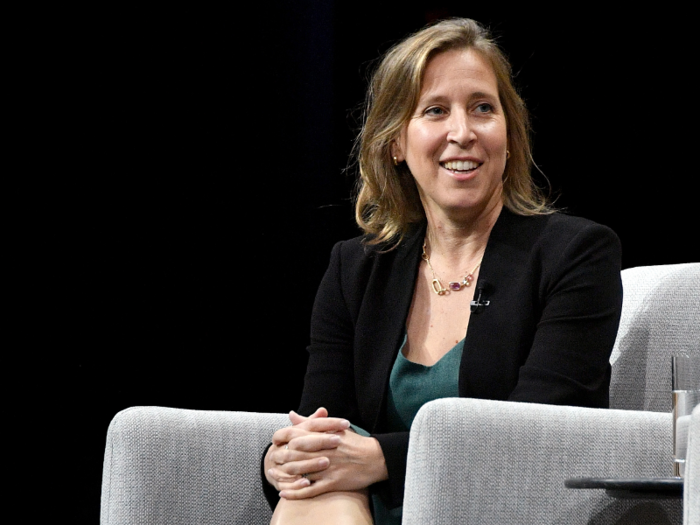
The post includes five goals that the company intends to pursue in an effort to meet in the middle with creators, as they always have.
"We know the last year has not been easy for many of you," said Wojcicki in the post.
She continued:
"But we’re committed to listening and using your feedback to help YouTube thrive. Our community continues to grow at a healthy, responsible rate. Over the last year, channels earning five figures annually grew more than 35 percent, while channels earning six figures annually grew more than 40 percent. While we’re proud of this progress, I know we have more work to do."
And this month, at a advertiser-specific YouTube event, Wojcicki again addressed their concerns and announced a few tweaks and additions to the Google Preferred Program, which aggregates top YouTube content in "easy-to-buy" packages for brand advertisers.
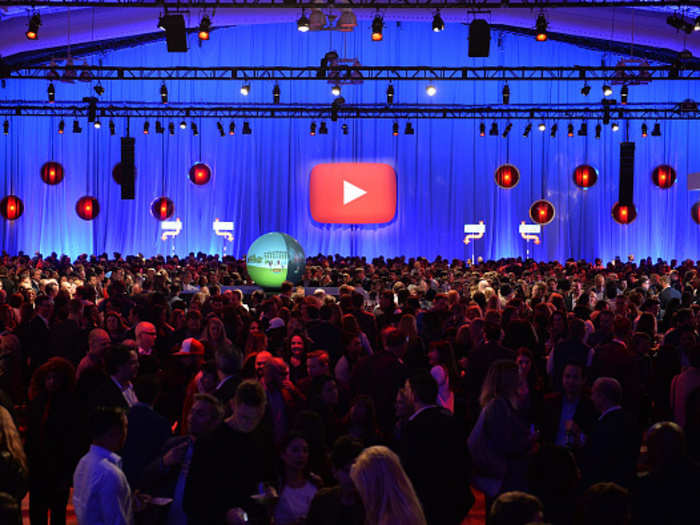
Wojcicki and others took to the Radio City Music Hall stage for YouTube Brandcast, an annual event geared toward brands that advertise on YouTube, to announce that a handful of advertiser-friendly original content and music will be made more easily available to those companies through Google Preferred, according to an official statement that followed the event.
At the event, Wojcicki also addressed the brand safety concerns yet again, according to Variety, although she did not mention any new initiatives to battle abuse. She said:
“It is critically important to me, and to everyone at YouTube, that we grow responsibly...There is not a playbook for how open platforms operate at our scale. But the way I think about it is, it’s critical that we are on the right side of history.”
Many creators now fear YouTube's content announcements suggest a pivot in the company's priorities — away from the independent creators that made the site what it is today, and toward celebrity-driven corporate content.

Among the original content announced at the event were series starring Will Smith, Demi Lovato and Kevin Hart, among other A-listers, according to the blog post. YouTube also announced the renewal of their exclusive livestream partnership with Coachella.
Many creators and media outlets felt that the focus on traditional celebrities overshadowed the independent vloggers, artists, and creators that have elevated Youtube to it's monolith status, and may be a preview to a changing tide in YouTube's future.
Reporters at Polygon even described Youtube's original programming as "a new MTV."
Popular Right Now
Popular Keywords
Advertisement